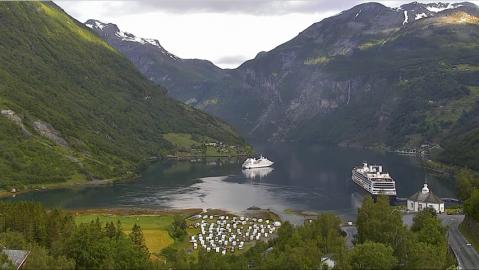Vikings: Daily Life and History
The Vikings were sailors and warriors of Scandinavian origin in medieval Europe. Between the 8th and 11th centuries, they emerged from Scandinavia (present-day Norway, Sweden and Denmark) and spread widely across the Atlantic, to England, France and even the Middle East. The Vikings were not only warriors but also maritime traders and interacted through trade.
The daily life of the Vikings was based on seafaring and agriculture as well as trade and warfare. Viking society usually lived in villages. Villages usually consisted of wooden houses and most houses had a fire pit and hearth. These houses were used to house families and livestock.
The Vikings were also involved in agriculture. They grew wheat, barley, millet and vegetables. Animal husbandry was also important; animals such as cattle, sheep, goats and pigs were kept. Fishing was also an important source of livelihood for the Vikings, because they hunted in the seas thanks to their seafaring skills.
The trade network of the Vikings was also quite extensive. They sent trading ships to many places from the countries in the Baltic Sea to England and the Middle East. Trade allowed the Vikings to prosper and interact with different cultures.
But the most famous aspect of the Vikings was their warrior skills. Viking warriors would attack with ships and plunder coastal areas. During these plunders, they would get booty and even take slaves. The Vikings also used their armies in regular wars and from time to time waged war against other European kingdoms.
The Vikings' way of life was characterised not only by war and plunder, but also by more peaceful activities such as trade, agriculture and seafaring. The history of the Vikings made an important contribution to an important period of the Middle Ages and to the shaping of Europe.
#vikings #scandinavia #history
The Vikings were sailors and warriors of Scandinavian origin in medieval Europe. Between the 8th and 11th centuries, they emerged from Scandinavia (present-day Norway, Sweden and Denmark) and spread widely across the Atlantic, to England, France and even the Middle East. The Vikings were not only warriors but also maritime traders and interacted through trade.
The daily life of the Vikings was based on seafaring and agriculture as well as trade and warfare. Viking society usually lived in villages. Villages usually consisted of wooden houses and most houses had a fire pit and hearth. These houses were used to house families and livestock.
The Vikings were also involved in agriculture. They grew wheat, barley, millet and vegetables. Animal husbandry was also important; animals such as cattle, sheep, goats and pigs were kept. Fishing was also an important source of livelihood for the Vikings, because they hunted in the seas thanks to their seafaring skills.
The trade network of the Vikings was also quite extensive. They sent trading ships to many places from the countries in the Baltic Sea to England and the Middle East. Trade allowed the Vikings to prosper and interact with different cultures.
But the most famous aspect of the Vikings was their warrior skills. Viking warriors would attack with ships and plunder coastal areas. During these plunders, they would get booty and even take slaves. The Vikings also used their armies in regular wars and from time to time waged war against other European kingdoms.
The Vikings' way of life was characterised not only by war and plunder, but also by more peaceful activities such as trade, agriculture and seafaring. The history of the Vikings made an important contribution to an important period of the Middle Ages and to the shaping of Europe.
#vikings #scandinavia #history
- Category
- ATLANTIC ROAD
Commenting disabled.












